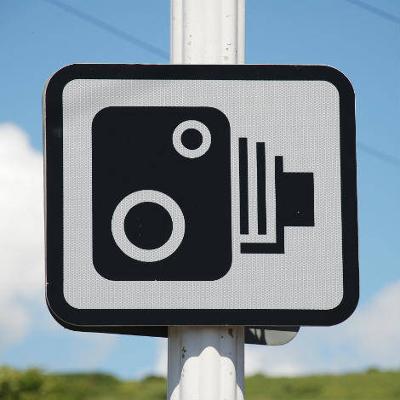Webpages related to the Road Safety speed limits section
Child seat safety

Driving abroad

Speed limits
Speed limits help ensure greater road safety and are governed through legislative measures.

Information on the speed limits that you would expect to come across on the different category of road is given in chart form on the Highway Code website.
Norfolk Speed Management Strategy
The Norfolk Speed Management Strategy has been developed in accordance with the latest guidance from the Department for Transport (Dft) and to reflect local, community based initiatives.
Read the Norfolk Speed Management Strategy. (PDF) [3MB]
Enforcement
Speed limits are enforced by Norfolk Police (opens new window) and the Safety Camera Partnership.
The Safety Camera Partnership was formed in April 2001 under a scheme introduced by the Department of Transport for the purposes of reducing the incidence and severity of road traffic collisions through the deployment of safety cameras.
It uses enforcement by means of issuing 'Notice of Intended Prosecutions' to vehicles which exceed the relevant speed limits.
For more information on speeding visit the Norfolk Police website.
Traffic calming measures
A wide range of speed management measures are used to reduce traffic speed where there are safety concerns. These range from persuasion measures to physical measures.
Norfolk County Council has a policy for safety limits, which outlines the criteria that are required to be met. The criteria will determine the level at which the speed limit is set. The criteria include;
- The length and density of roadside development
- Information regarding the accident history
Any new speed limit or any amendments to existing speed limits requires a Traffic Regulation Order to be made. This involves a process of consultation and public advertisement. This statutory process generally takes nine months to complete and is largely dependent on the number and nature of any objections.
Sometimes temporary speed limits are put in place during roadworks. These do not require the same statutory process as outlined above.
Persuasion measures influence driver speed through raising awareness and changing perceptions of the road environment. Physical measures constrain speeds directly through changes to the road layout.
Changes to speed limits
If you feel that a speed limit is inappropriate and too high then you can request a lower limit.
Norfolk County Council would encourage any individual to request this via their parish or town council.
It should be highlighted that concerns over what is perceived to be an ineffective speed limit will generally not be addressed by requesting a lower one.
Minorities of drivers exceed posted speed limits. Reducing a speed limit as a measure to reduce the speeds of this minority will normally be unsuccessful.
Norfolk County Council, though flexible in its policy, will try to set an appropriate limit for the majority of drivers which should achieve a good compliance for the local environment.
You may object to a speed limit and all written objections are noted in a report to the Cabinet Member responsible for Planning and Transport of Norfolk County Council.
A written response will be made to the points raised.
Write to Legal Officer, Chief Executives Office, County Hall, Martineau Lane, Norwich NR1 2DH.
To understand more about how we deal with complaints about speeding, read our Speeding Complaints Process.
